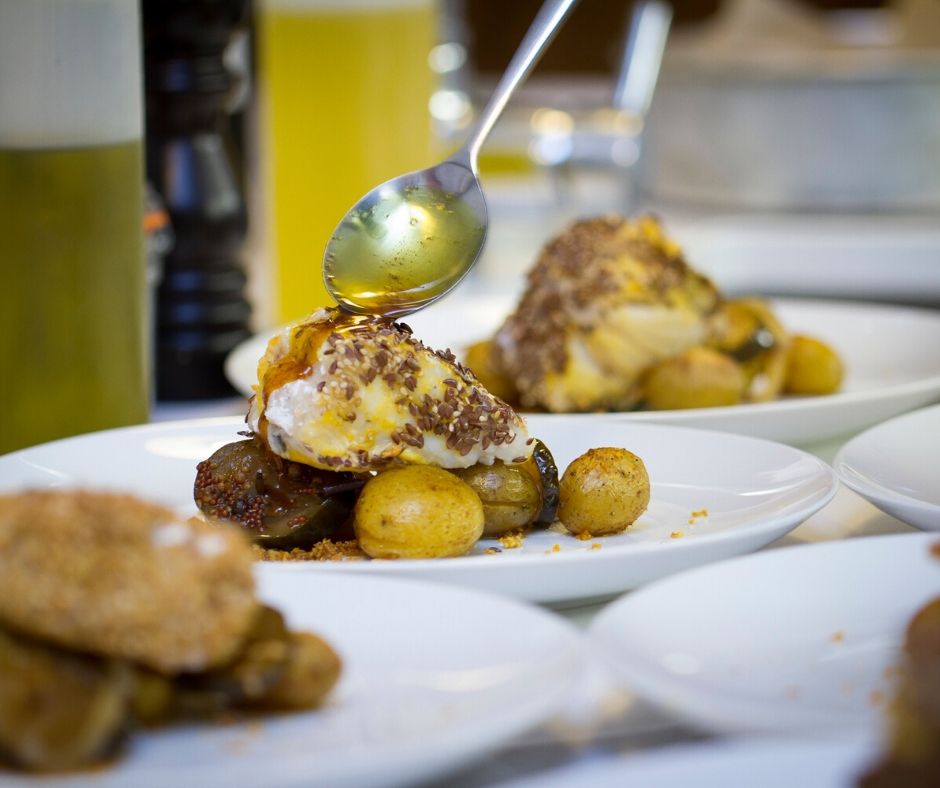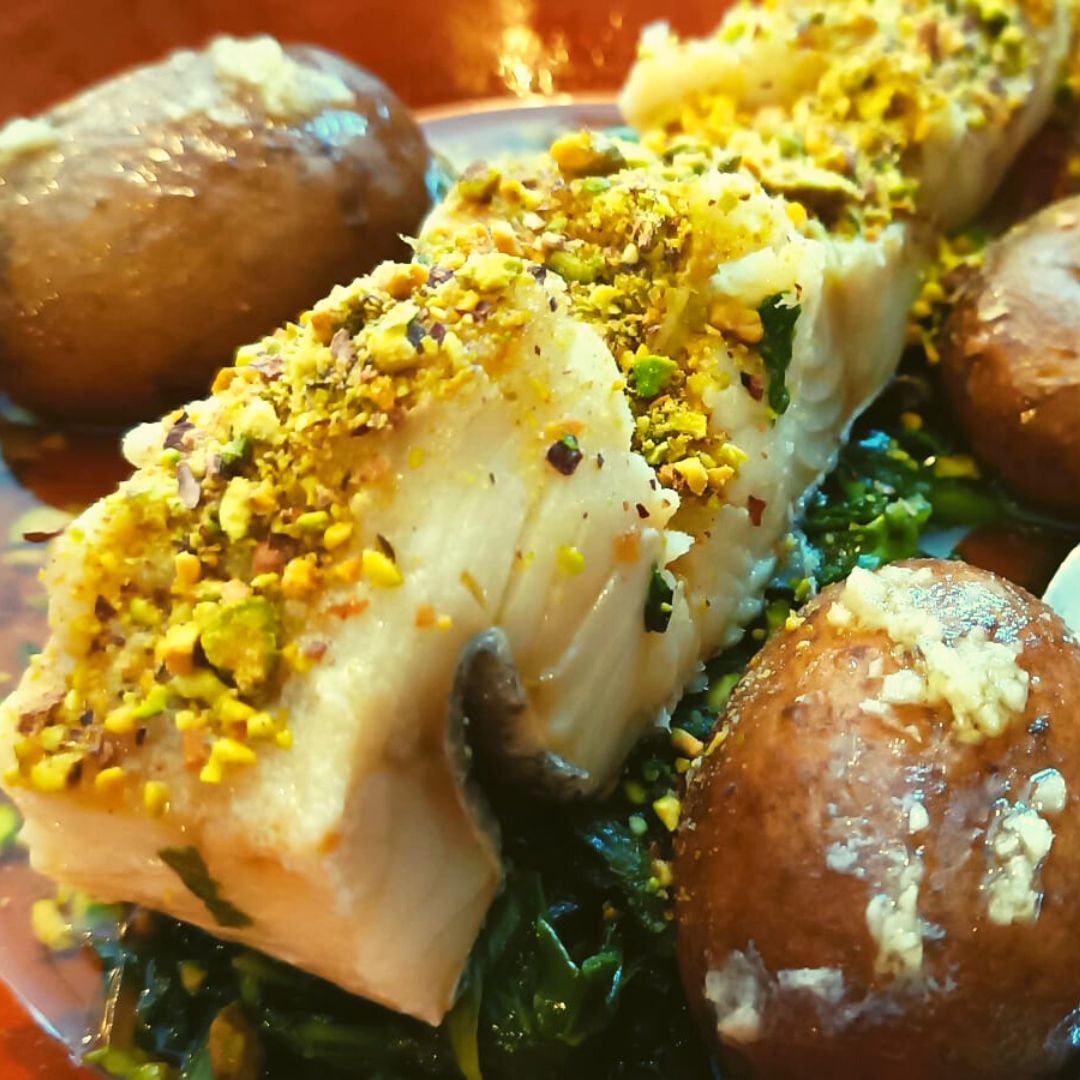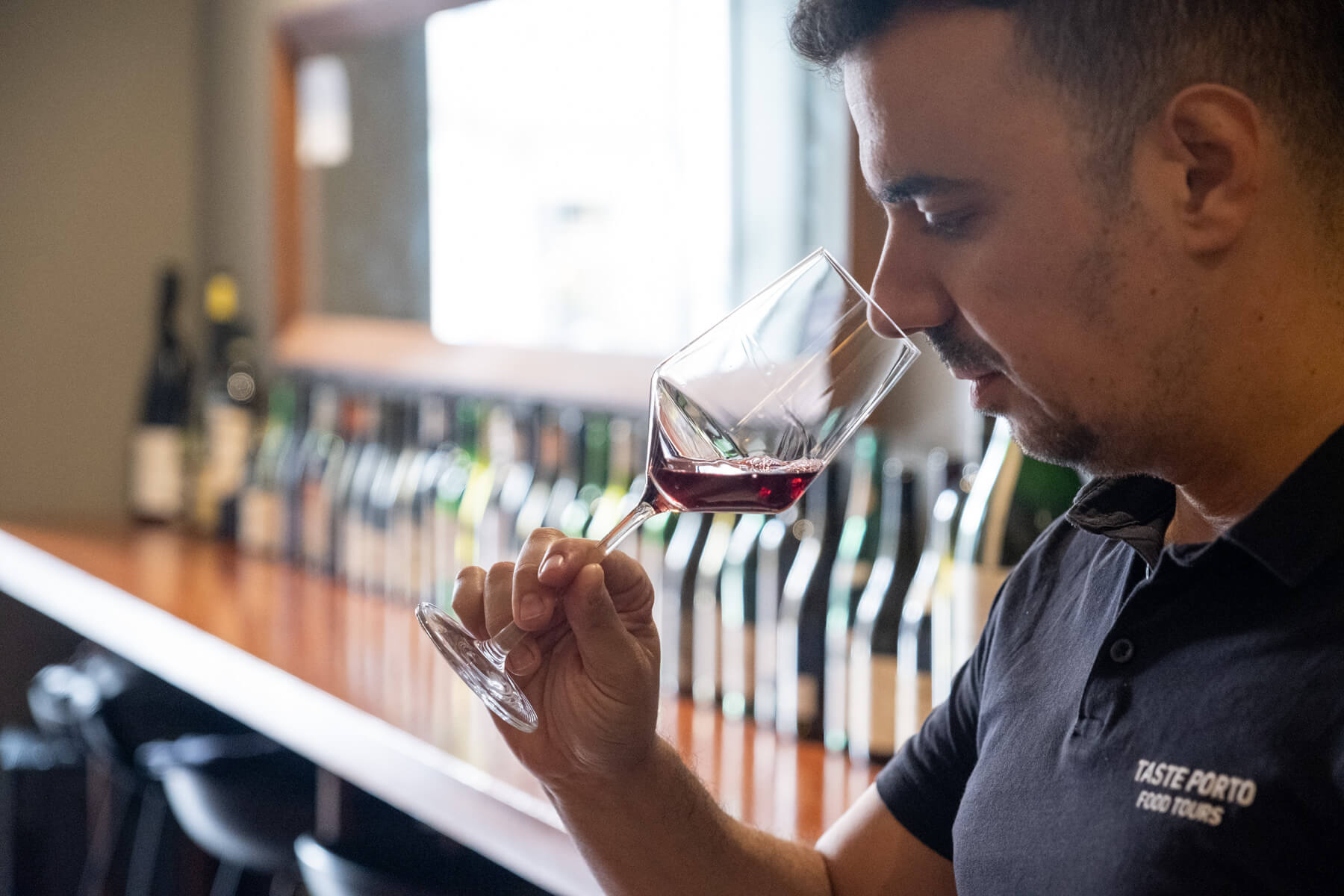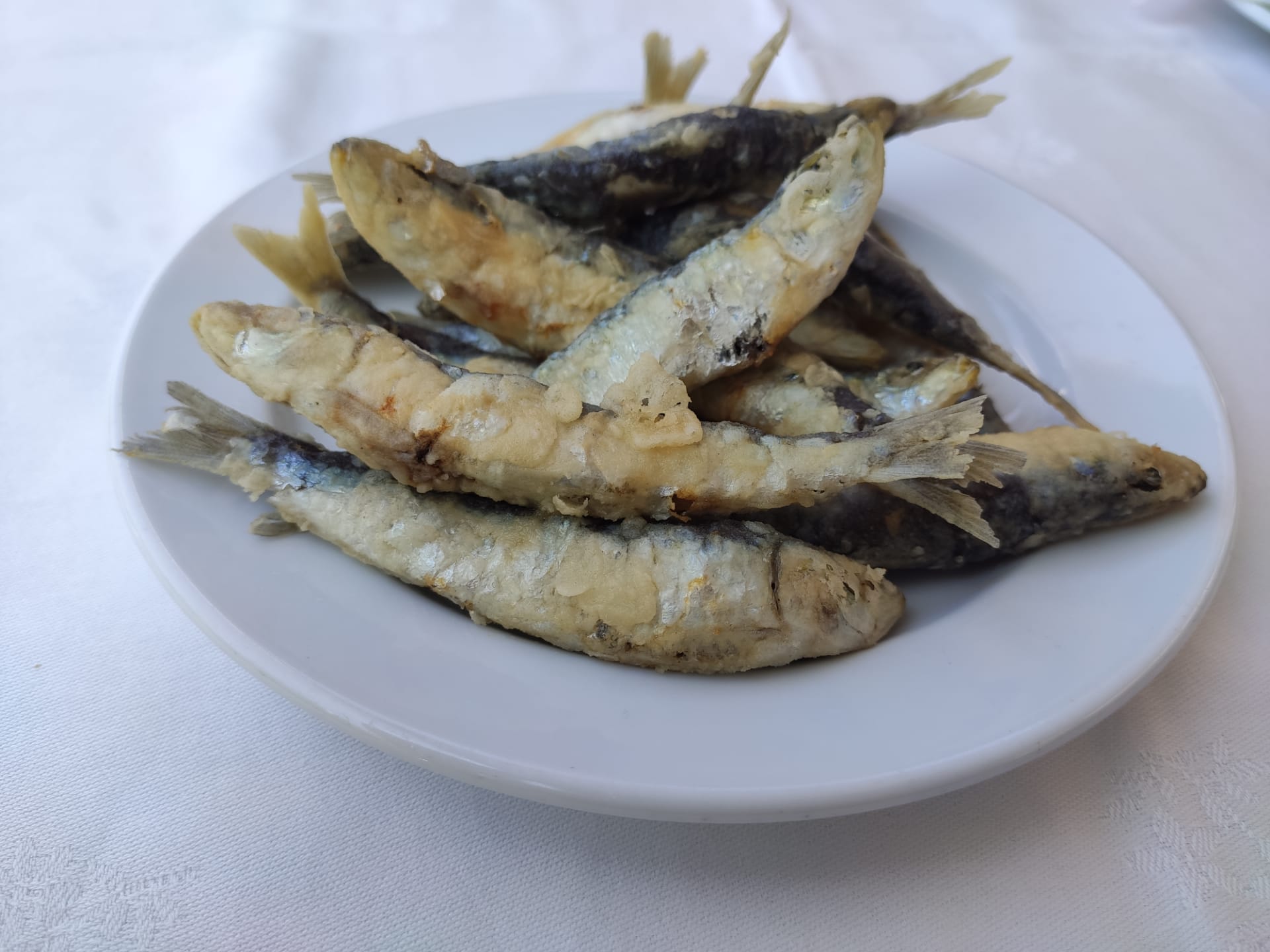
When it comes to Portuguese food, there are usually two types of people who aren’t familiar with it:
- Those who confuse it with Spanish cuisine;
- Those who only know about Port wine, “bacalhau” (salted cod), and “natas” (custards).
On our Porto Food Tours, when we try to explain that Portuguese food is much more than that, people often ask: “So, what is Portuguese cuisine, then?”.
Instead of listing a bunch of dishes and where they come from, we find ourselves at a loss for words. Images, flavors, and smells of all kinds of traditional foods flood our minds. Let’s dive in and discover what Portuguese food is really about!
Let’s start by breaking some myths about Portuguese Food!
Portuguese cuisine isn’t just Mediterranean; it’s a mix of Atlantic, African, Asian, and Brazilian influences. Shaped by Portugal’s history, which is a slice of world history, it began with:
- A Mediterranean foundation of bread, wine, and olive oil;
- Plus soups, fruit, pork, and fish.
Thanks to the Maritime Discoveries, Portuguese cuisine also embraced other ingredients: beans, potatoes, Indian spices or “malagueta” – also known as chilli or “periperi” from Africa.
But let’s take it step by step! Let’s briefly explore each key element of our cuisine, aiming to reveal the essence of what Portuguese food is truly about.
Pssst… Join our Food & Drink Tours and explore Portuguese Foods that most tourists rarely taste »
Traditional Portuguese Bread
From the light “cacete” (a light bread) to “folar de Chaves” (cornbread with meat) and the long-lasting “broa de Avintes” (a dark sweet corn and rye bread that lasts a long time), bread is essential. And bread has always been present in Portuguese cuisine. In fact, it’s a constant companion in every meal: breakfast, lunch, afternoon snack, and dinner.
Portuguese wines
Portuguese wine isn’t just one type but a diverse range. Despite the country’s small size, its various micro-climates allow for the production of light wines like “vinho verde” and richer ones like Port wine.
“Vinho verde” comes from the North, specifically the Minho region. It’s a fruity wine easy to drink, great for light meals or hot summer days. White and red mature wines have different styles depending on their origin – usually the demarcated regions of the Douro, the Dão, the Sado and Alentejo.
On the sweet side, renowned wines like Port, Madeira (from the Island of Madeira off the coast of North Africa), and Moscatel (from Setúbal or Douro) stand out. These fortified wines are sweet, strong (around 20% alcohol), and full-bodied.
Wine consumption in Portugal is one of the highest in the world. This does not mean that everyone is getting drunk! The statistic reflects the tradition of having a glass of wine with lunch and dinner – a practice that, in moderation, might be good for the heart.
Traditional Portuguese Soups
We usually say that in Portugal one can turn anything into soup. The base tends to be potatoes, carrots and vegetables; but any leftovers from a meal can end up in a delicious soup.
Yet again, each region has its own unique soups. In the north of Portugal, for example, we add slices of chouriço to “caldo verde” (made with potato puree and very fine strips of kale)” for extra flavor. Meanwhile, in the southern Alentejo region, the term “soup” also refers to “açorda”. “Açorda” is a dish with pieces of bread in a flavorful liquid filled with spices, often paired with ingredients like eggs, meat, or fish.
Not all Portuguese soups are hot either; on hot days, you’ll find “gaspacho” (better known on the Spanish side) in the South of Portugal.
Portuguese Cuisine in One Dish?
Whenever we want to show what Portuguese cuisine means in only one dish (a task which is both difficult and stifling) we think of: “Cozido à Portuguesa” (literally translated: “Boilt a la Portuguese”).
However, do not be fooled by its simple name! Many consider this to be the national dish. While it’s not universal among all Portuguese – try getting two to agree on the best sweet made in Portugal, and you might be in for hours of discussion.
This dish involves cooking a great variety of ingredients in abundant amounts of water:
- Different types of “greens” (kale, savoy cabbage, “tronchuda”, etc);
- Potatoes (yes, we love our carbs);
- Beans, turnips, carrots;
- Sausages (“chouriço”, “farinheira”, “moura”, etc);
- Other types of meat (usually pork) and sometimes with added bits of chicken (yes, we like our meat!).
Getting hungry? Here’s how to make Cozido à Portuguesa!
There you go: Portuguese foods that can make any Portuguese happy!
Bom appetite!
Taste Porto Foodie Team


